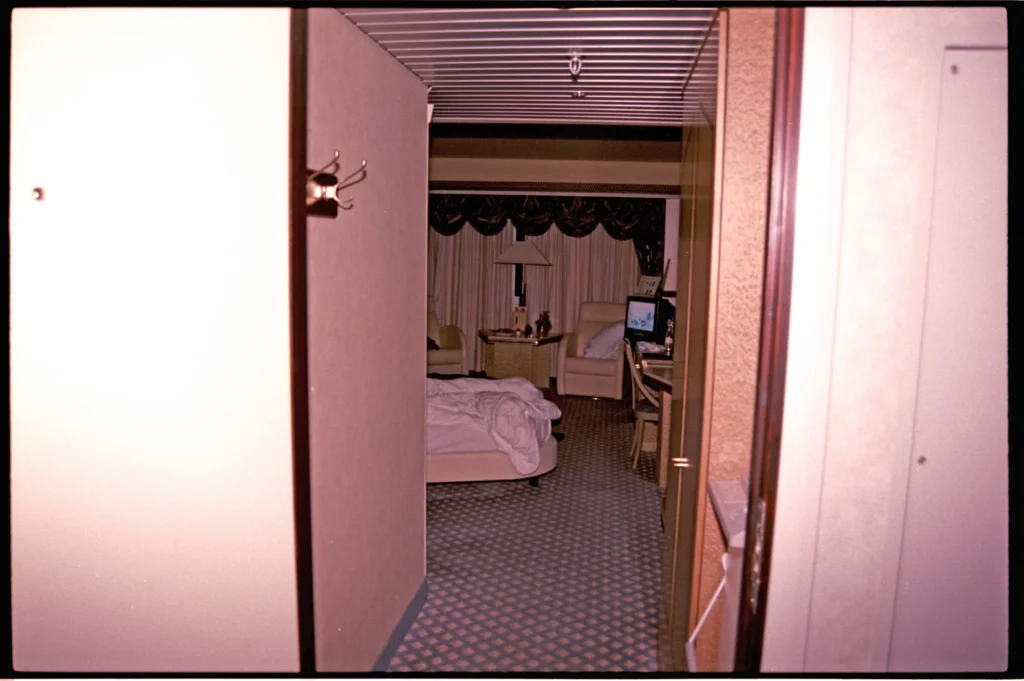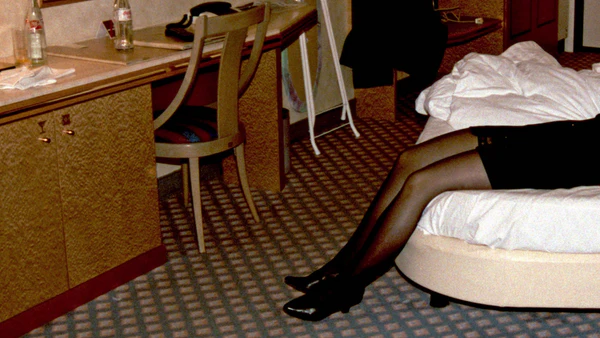A woman checked into Room 2805 at the opulent Plaza Hotel in Oslo, Norway, on the evening of May 31, 1995. She gave a Belgian address and a fictitious name, Jennifer Fairgate (sometimes spelled “Fergate”). Although no one ever saw him, she stated that she was born in 1973 and that she was traveling with a man named Lois Fairgate. The circumstances surrounding her death from a gunshot wound in her hotel room three days later are still as mysterious as they were at the time.
Her true identity has never been revealed despite numerous investigations and rekindled interest, and the case continues to rank among the most perplexing unresolved mysteries in contemporary European history.
The Crime Scene

You may also like to read: Mysterious death in Cecil Hotel : Elisa Lam case
The body was found on June 3, 1995, at approximately 7:50 p.m., when hotel employees went into the room because a Do Not Disturb sign had been left on the door for an abnormally long period of time. They discovered the woman inside, fully clothed, on the bed with a single gunshot wound to her forehead and a Browning 9mm pistol in her hand.
Given that the gun was in her hand, there was no indication of a struggle, and the door had been double-locked from the inside, the scene initially seemed to point to suicide. However, things started to fall apart as investigators dug deeper.
Red Flags and Anomalies
Investigators questioned the suicide theory due to a number of details:
1. Lack of Identification: The woman had no identification, no credit cards, and no passport. There were no tags or labels on her garments, a tactics commonly used by professional spies.
2. Odd Baggage: She had very few personal items in her suitcase, including no toothbrush, underwear, or other essentials for travel. It did, however, include several pricey garments without labels.
3. The Weapon: Although the gun was in her hand, her fingerprints were not on it, despite the fact that it was registered in Norway. Furthermore, it lacked a serial number, indicating that it was taken out on purpose.
4. Autopsy Results: She had barely eaten anything in the 24 hours prior to her death, according to the autopsy, which also found no evidence of struggle or drug use. She also had abnormally high levels of chemicals like zinc in her blood.
5. Inconsistencies in Check-In Information: Her ID card stated an address in Verlaine, Belgium, but this was a fake, as was the phone number. In addition, the contact name of Lois Fairgate, who was allegedly her companion, was never located, and no one who fit that description was observed entering or leaving the room.
Theories
Suicide
The police initially suggested that she committed suicide because there were no signes of forced entry the door was locked from the inside and the deceased had a gun in her hand, and there was no proof that anyone else was in the room when she died. However, the absence of fingerprints on the firearm, the forensic discrepancies, and the anonymity measures raised serious doubts.
Murder and Cover-Up
Many people think she might have been murdered and her death staged to appear like a suicide because of the suspicious circumstances. Some suggest that the murderer may have cleaned the weapon with gloves and then used a duplicate key or other specialized instrument to lock the door from the inside. The absence of resistance might suggest that she was either unconscious or unable to move prior to the lethal bullet.
Spy work
The idea that she engaged in espionage is among the most widely held beliefs. Intelligence activities in Europe continued even after the end of the Cold War. She matched the description of a spy or courier due to her lack of identity, untraceable background, and behavior. The potential that she was silenced following a mission or removed by an intelligence organization after a mission gone wrong is still discussed in true crime forums.

Real crime scene photo of Plaza hotel Oslo
Organized crime or sex trafficking
She may have been forced into a risky lifestyle by organized crime or a human trafficking network, according to another theory. Her lavish attire and anonymity might lend credence to the idea that she was either a high-end escort or the property of influential people. They might have staged her death to appear to be suicide when she started to pose a risk
Rekindled Interest in Contemporary Forensics and Netflix
In 2020, the Netflix series “Unsolved Mysteries” brought the case back into the public eye with its story “A Death in Oslo.” The episode aroused interest around the world and led to online crowdsourcing investigations.
Norwegian authorities reopened the case and even attempted to identify the woman using contemporary DNA testing as a result of the renewed media attention. They were still unable to identify her, though, because they had no family members to compare the DNA to.
In an attempt to produce leads, Norwegian police exhumed her body in 2017 for a forensic reconstruction, producing a 3D composite image of her face and making it public. Even so, nobody knows who she really is.
Final words
The woman was most likely: • Between the ages of 25 and 35; • About 168 cm (5’6″) tall; • In good physical health; • Had dental work that did not fit Norwegian or Belgian dental practices, possibly Eastern European or German; • Fluent in German and English, as mentioned by the hotel employees.



